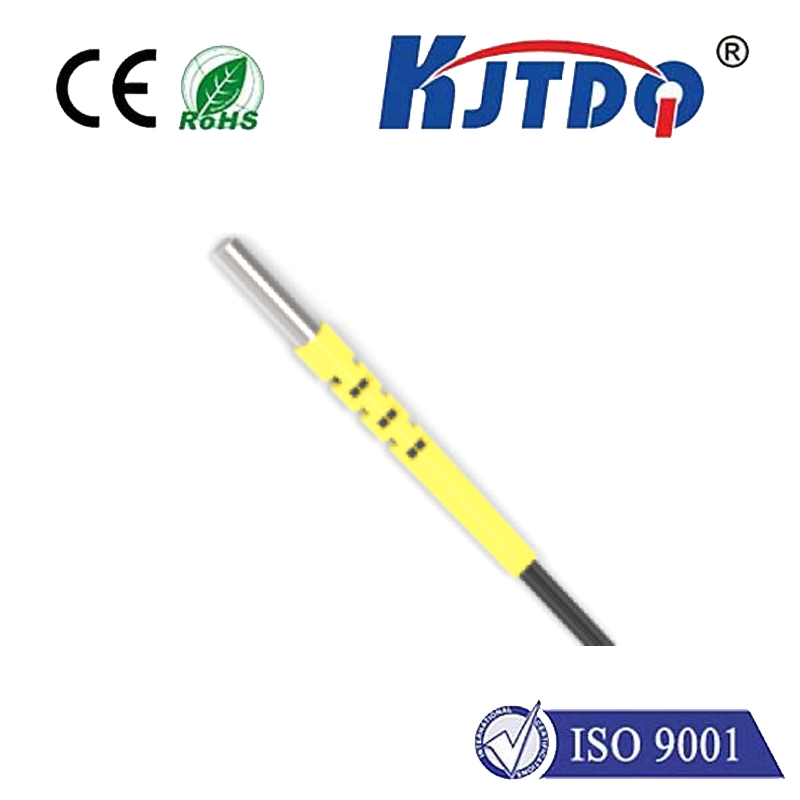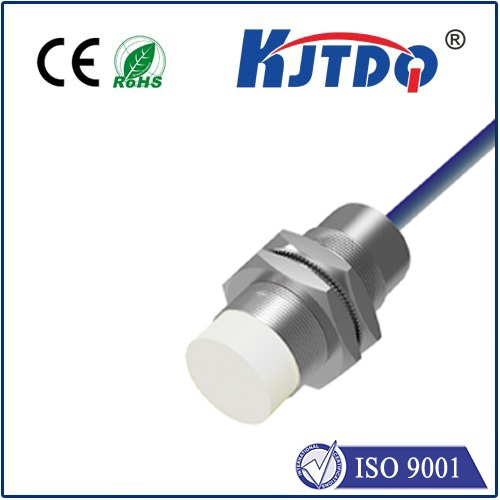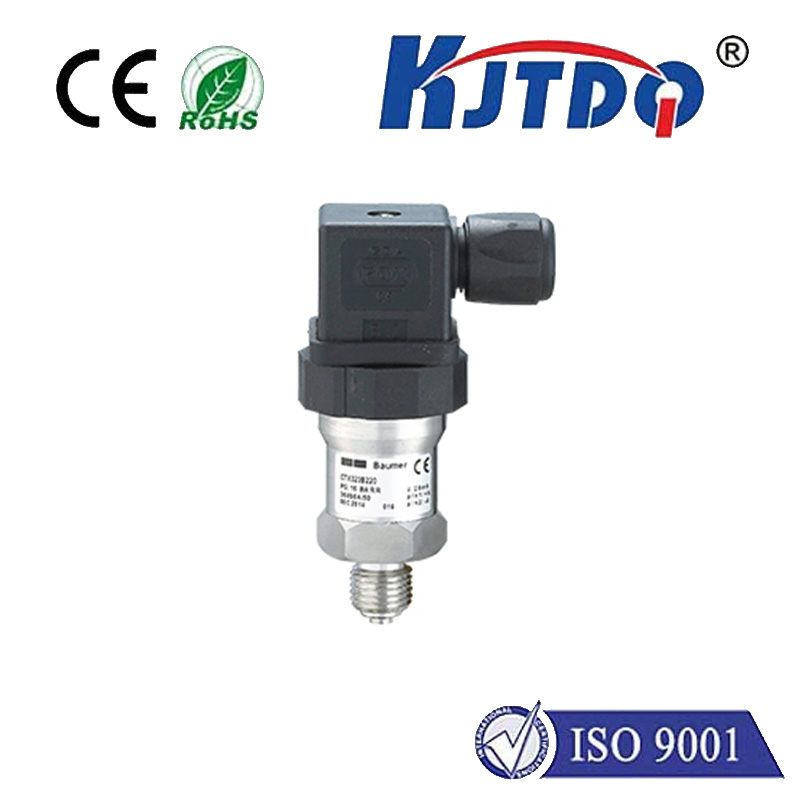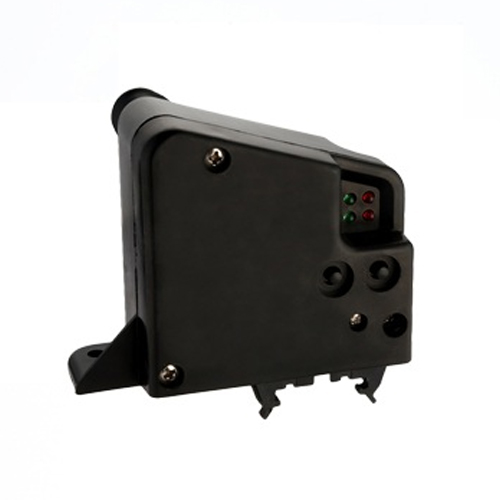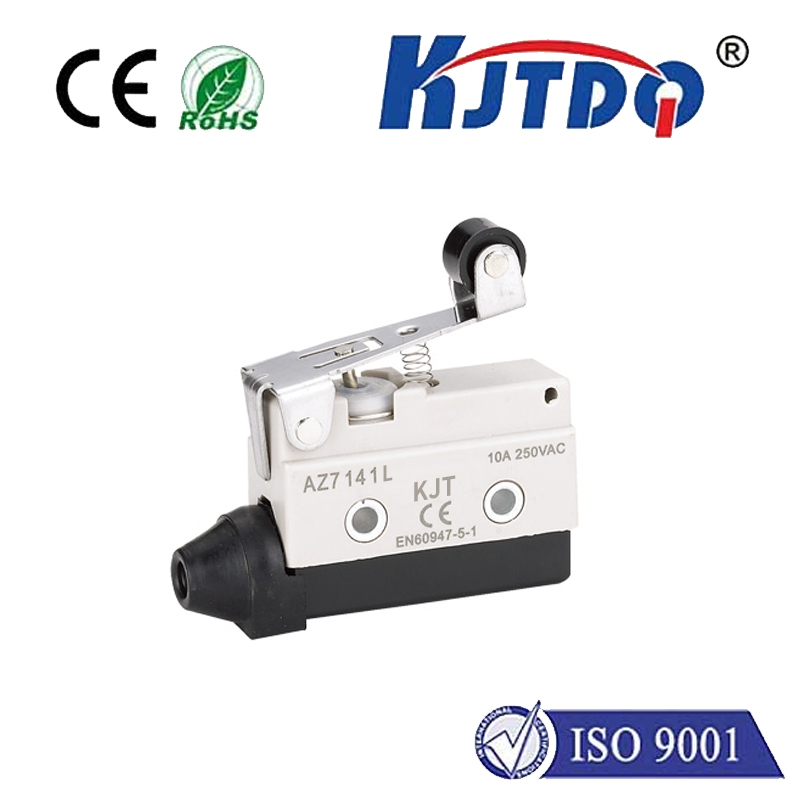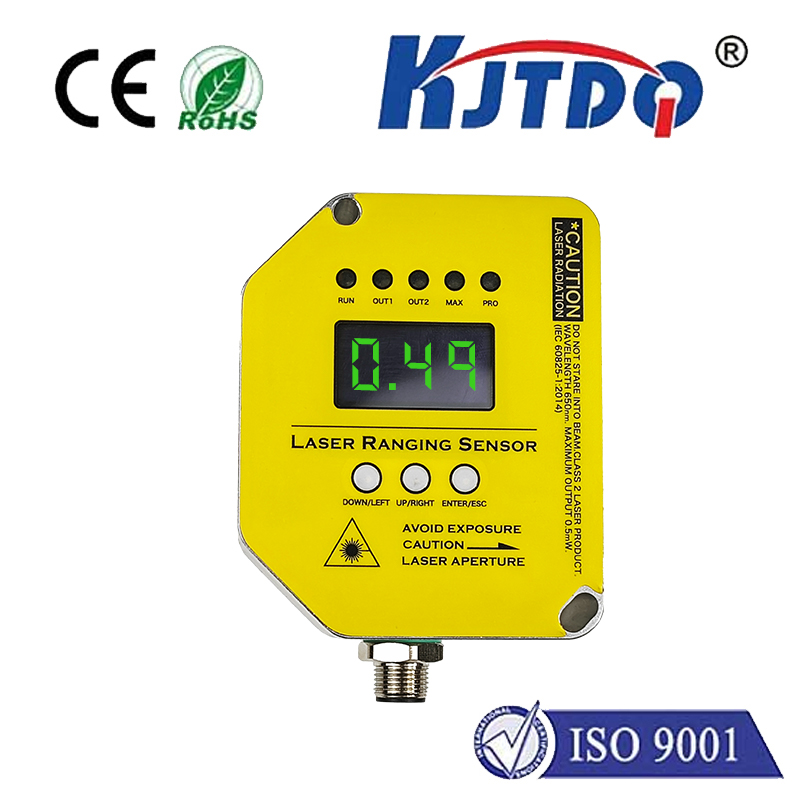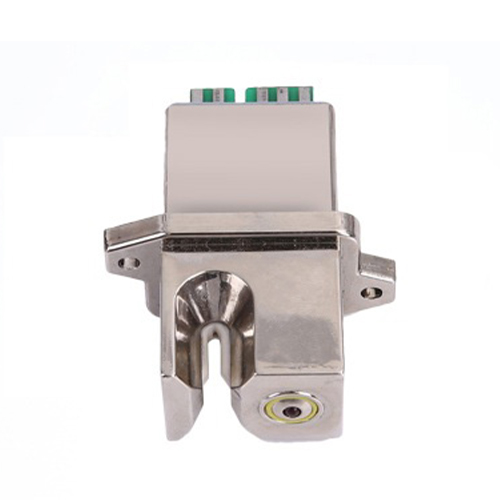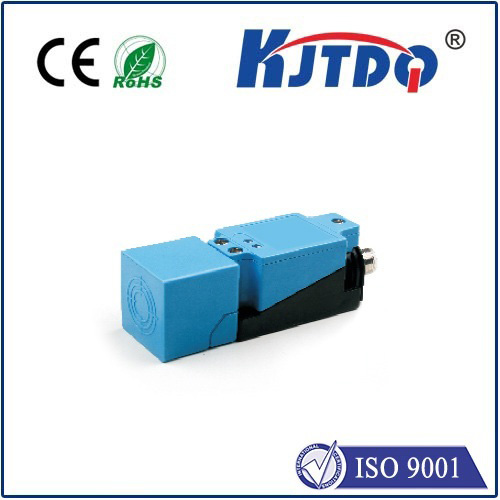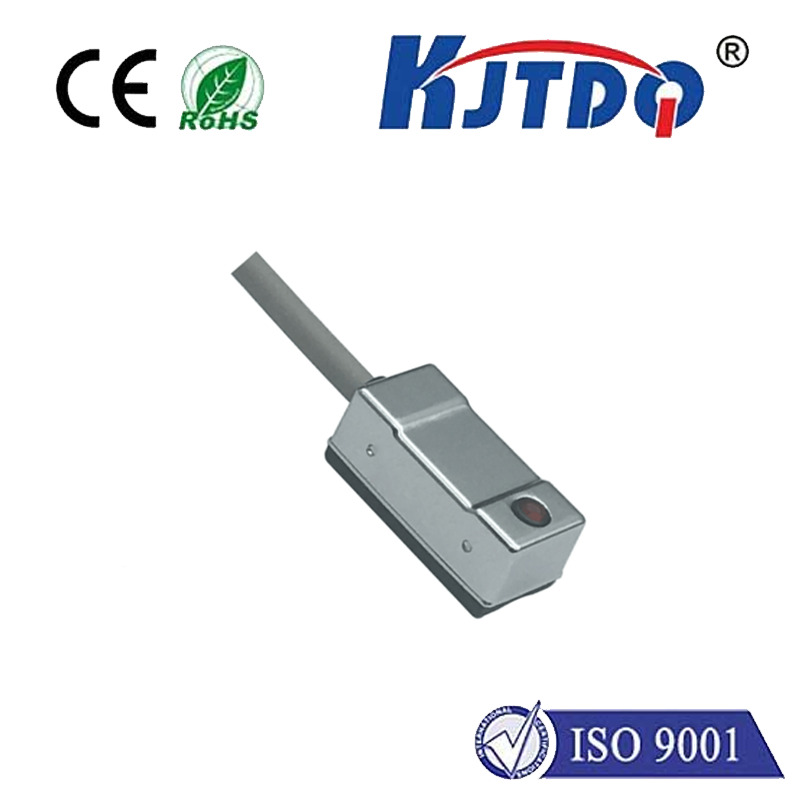лазерный датчик
- time:2025-08-28 03:52:52
- Нажмите:0
The Unseen Guardian: How Laser Door Sensors Secure and Streamline Access
For centuries, doors have been our primary barrier, secured by locks and bolts. Yet, the fundamental question remains: How do you know something or someone hasn’t crossed that threshold unseen? In today’s world, demanding both heightened security and seamless access, Laser Door Sensors provide a sophisticated, invisible answer. These advanced photoelectric devices offer unparalleled precision in detecting movement through doorways, revolutionizing security systems, automating entrances, and enhancing safety protocols. This article delves into their operation, advantages, and diverse applications.
Understanding the Beam: Core Mechanics of Laser Door Sensors
At their heart, laser door sensors operate on a simple yet highly effective principle: the interruption of a light beam. Unlike mechanical door contacts that detect the physical opening of the door itself, or motion sensors (like PIR) that monitor general movement within a space, laser sensors focus precisely on the doorway opening.
Here’s how they typically work:

- Emitter: One unit projects a highly focused, usually infrared (IR), laser beam across the doorway.
- Receiver: A corresponding unit, positioned directly opposite the emitter, receives this beam. When the beam path is clear and unbroken, the sensor indicates the “clear” or “closed” state.
- Detection: Any object – a person, an animal, or even a package – passing through the doorway interrupts this laser beam. The receiver instantly detects this break in the beam.
- Signal Trigger: This interruption triggers an electrical signal. This signal can be configured as either:
- Normally Open (N/O): The circuit closes (signal sent) when the beam is broken.
- Normally Closed (N/C): The circuit opens (signal lost) when the beam is broken.
- This signal is then sent to a connected system – a security alarm panel, an Automatic Door Operator (ADO), or an access control system – initiating the programmed response.
There are variations:
- Through-Beam Sensors: The classic configuration with separate emitter and receiver units, offering the longest range and highest reliability as the beam travels directly from source to destination.
- Retroreflective Sensors: Here, the emitter and receiver are housed in a single unit. The beam is projected towards a special reflector placed opposite. The beam bounces back to the receiver. An interruption occurs when the reflected beam is blocked. Easier installation but slightly less robust than through-beam over very long distances or in intense direct light.
- Background Suppression Sensors: Often used where a consistent background (like a wall) is present, these adjust to ignore that background and only detect objects breaking the beam closer to the sensor.
Why Choose Laser? Key Advantages Over Alternatives
The precision of a focused laser beam translates into significant benefits compared to other door detection methods:
- Pinpoint Accuracy: They detect only what crosses the specific beam path across the doorway. This eliminates false alarms triggered by movement near the door but not actually passing through (a major drawback of PIR sensors near entries).
- Non-Contact Operation: Since they rely on light, there is no physical wear and tear on the door itself or the sensor mechanism, unlike mechanical contacts. This translates to longer lifespan and lower maintenance.
- High Speed & Reliability: Laser detection is virtually instantaneous and highly reliable. Split-second detection is crucial for security applications and for the smooth, safe operation of automatic doors.
- Tamper Resistance: Through-beam sensors are particularly difficult to tamper with, as an intruder would need to block both the emitter and receiver simultaneously without triggering the alarm. Cutting wires is obvious; defeating an invisible beam silently is much harder.
- Environmental Resilience: High-quality laser door sensors are designed to operate effectively in various conditions – resisting dust, light rain (depending on IP rating), and temperature fluctuations much better than some mechanical or older optical sensors.
- Многогранность: They can be mounted on almost any door type (swinging, sliding, overhead) and work with any opening size within their specified range.
- Safety Integration: Crucial for automatic doors, they act as presence detectors, ensuring the door doesn’t close on a person or object still in the doorway, preventing accidents.
Where Invisible Detection Makes a Visible Difference
The applications for laser door sensors are remarkably diverse, spanning security, convenience, and industrial efficiency:
- Intrusion Detection & Security Alarms: The primary application. Integrated into perimeter security systems, laser sensors provide highly reliable detection of unauthorized entry through doorways, triggering alarms silently or audibly. Their accuracy minimizes nuisance alarms.
- Automatic Door Operators: Found on sliding doors at supermarkets, hospitals, airports, and office buildings. The door sensor detects approaching persons, signaling the door to open. Crucially, it also acts as a safety beam, constantly monitoring the doorway to prevent closing on obstructions. Safety is paramount here.
- Access Control Systems: When paired with card readers or biometric scanners, laser sensors can detect tailgating (unauthorized individuals following someone with valid access). If the beam breaks after an authorized entry but before the door closes, it can trigger an alert.
- High-Traffic / High-Security Environments: Airports, government buildings, banks, and data centers benefit from the reliability and tamper resistance of laser sensors for monitoring critical doorways.
- Industrial Automation & Logistics: Control access to hazardous areas, count items/packages passing through doorways on conveyors, trigger processes when materials enter specific zones, or secure warehouse exits.
- Retail Analytics: While not their core security function, strategically placed sensors can track foot traffic entering and exiting specific doorways, providing valuable business insights.
Selecting the Right Laser Door Sensor for Your Entryway
Choosing the best Лазерный датчик for your door involves considering several factors:
- Door Type & Size: What is the width of the doorway? Swinging, sliding, or overhead? This determines the required beam range.
- Detection Range: Sensors are rated for specific maximum distances. Ensure the model you choose covers your doorway width comfortably.
- Beam Type: Through-beam offers maximum range and reliability but requires installing two units. Retroreflective is simpler to install (one unit plus reflector) and often sufficient for standard doorways.
- Output Type: N/O or N/C? Ensure compatibility with your existing security panel, door operator, or access control system.
- Environmental Rating (IP Code): Consider dust and moisture levels at the installation site (e.g., outdoor vs. climate-controlled indoor). IP54 or higher is generally recommended for reliable operation near entryways.
- Power Requirement: Line voltage (110/220V AC) or low voltage (12/24V DC)?

